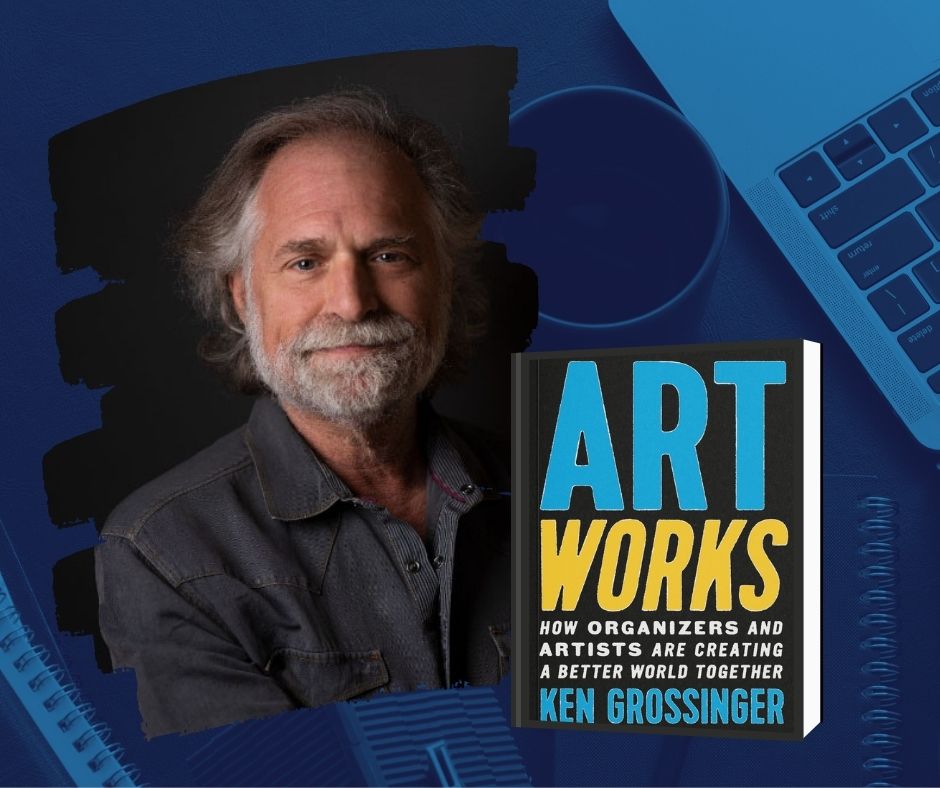
By Ken Grossinger.
Strongmen all want the same thing. They want us to feel powerless. When we feel we don’t make a difference, that’s when they win.
But long before Trump, Musk, and their sycophants began to demean and attack environmental justice activists in order to chill our protest, and long before they acted to shred anything that runs counter to their toxic environmental policies, the EJ community – along with many others – was re-evaluating its strategies and tactics for building power. Our often hide-bound approach to social change needed new shots of creative thinking because it remained insufficient to challenge corporate and government policy and practices that harmed our communities.
Even today, while the nation’s courts offer legal advocates a vehicle to fight back, it’s becoming increasingly clear that the courts may not restore or advance the policies we’ve long fought for. To the contrary, the latest legal assault on Greenpeace by corporate giant Energy Transfer makes it abundantly clear how the court may be weaponized to destroy our organizations and silence our voice.
Community organizing and public protest remain essential to win. And elevating art to amplify and deepen our campaigns for environmental justice is crucial to shifting false narratives and to enriching our fight. That might sound thin in the context of the onslaught against our work, but an upsurge of new alliances – fusing politics and culture – is altering how we think about and approach our campaigns.
When people are not emotionally primed to accept new ideas, they often don’t. Think about the graphs, charts, and data that environmental organizations have used over the decades to make our policy cases. While necessary, quantitative data is rarely sufficient to move people into the streets or even in the halls of Congress. For that, passions need to be ignited, and our emotions and sensibilities brought into play.
Art has a unique capacity to penetrate popular culture in ways organizing never will. It’s why movement leaders over the years led with so many forms of art that give rise to and support organizing. Just look at a few historical and contemporary examples.
Think about music, an ever-present force in organizing during the civil rights movement. Activists sang to strengthen their resolve and overcome their fears. Author Bruce Hartford said “the songs spread our message, bonded us together, elevated our courage, shielded us from hate, forged our discipline, protected us from danger, and it was the songs that kept us sane.”
During the same period theater galvanized farmworkers. The United Farmworkers (UFW) created El Teatro Campesino, a theater company driven by their members to take on agribusiness. UFW co-founder Delores Huerta said El Teatro was a powerful organizing tool, as important as the picket line in building solidarity among farmworkers to deal with strike-breaking scabs.
The power of film in political mobilization was evident in Jeff Orlowski’s cinematically beautiful Chasing Ice (2014), a film which brings the devastating impact of climate change into sharp relief. In a Ohio Congressional district represented by a climate change denier, Orlowski used polling to demonstrate how film shapes public opinion. The polling, which preceded and followed ninety screenings of the film, along with talk backs in theaters and the community, indicates that the film lifted by 15-25% (depending on the question) the number of people who thought that climate change was real, caused by human activity, and an extremely important cause for concern.
More recently, following the police killings of so many young Black men and women, the Black Lives Matter movement spurred and embraced street art, amplified by social media, that spoke to our communities. Across the nation and internationally artists painted hundreds of George Floyd murals. The Floyd mural became an iconic image of the 21st century. A symbol of protest. A tribute. A way to heal.
Artwork in the form of music, film, theater, painting, storytelling and more have always helped shape narratives about social justice.
We won’t win if we don’t organize, but organizing alone is unlikely to produce long-term change if we’re unable to touch the heart and reach the soul of our communities and shift the narratives that maintain the status quo. Cultural strategies do that.
Ken Grossinger is a longtime movement strategist and author most recently of Art Works: How Organizers and Artists are Creating a Better World Together (New Press, 2023) For more information about Art Works or to schedule a book talk, see www.artworksbook.com
